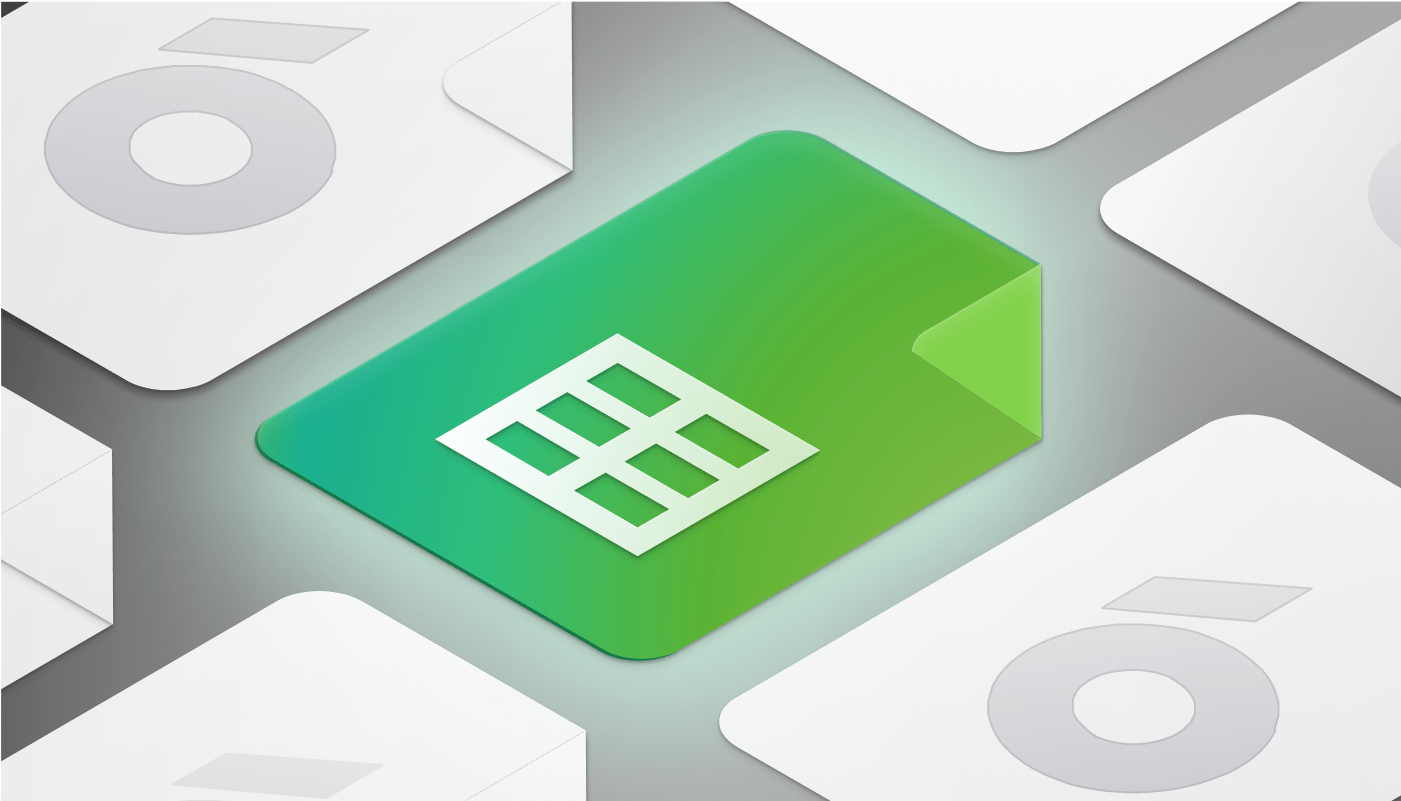For non-tech people like marketers, sales specialists, and other business users coding is a dreadful complicated activity. Before no-code and low-code software appeared, you had to learn CSS or Python, or turn to developers to tweak your website, for example, or build a simple admin panel for your needs.
In 2011, low-code application platforms became a competitor to out-of-the-box software and custom app development. According to Forrester, the low-code market will increase from $7 billion to $14 billion by 2024. Although low-code development can’t fully replace hand-coding, there’s a plenty of cases where the functionality of low-code software is absolutely enough.
With the growing number of no-code and low-code platforms on the market, any business user with no technical and design skills can prepare a UI for their app, digitize their business processes, simplify inventory management, and more. There are numerous low-code use cases.
In the article prepared by AppPicker, the list of some well-known low-code application platforms is compiled. The mentioned low-code software serves various needs:
- Back4App – for backend building and data querying.
- UI Bakery – for creating fully responsive low-code internal tools and business apps.
- Poptin – for making website pop-ups, creating lists, sending emails.
- Prospero – for preparing proposals for your clients with no coding.
- Backendless – for building a low-code UI, managing APIs and users.
- Kuzzle – for IoT apps building and data managing.
- SMTPServers – for simplifying and automating email marketing and lead generation.
A good low-code app development platform provides you with a number of benefits that are described in the article. Here are the most valuable ones:
- Saved development time due to the ease of use of a low-code interface.
- Saved money due to no need to hire a dedicated development team.
- Better app performance and fewer bugs due to the use of managed backends services.
- Improved marketing and more frequent app updates due to the managed backend.
Among other important benefits of low-code platforms not mentioned in the article are:
- No development expertise required to start building a low-code interface.
- Time to production decreased from several months to a few weeks or even days.
- Rich app customization and app branding capabilities.
- Easy data connection and third-party API integration.
Haven't found the low-code internal tool builder platform suitable for you? Check the top 11 low-code internal tools builders. Learn about the key features of the most popular and feature-rich low-code platforms, their strengths & weaknesses, pricing details, and more.
Contact our team if you decide to watch a UI Bakery demo before diving deeper and making a final choice.







.png)

.png)




